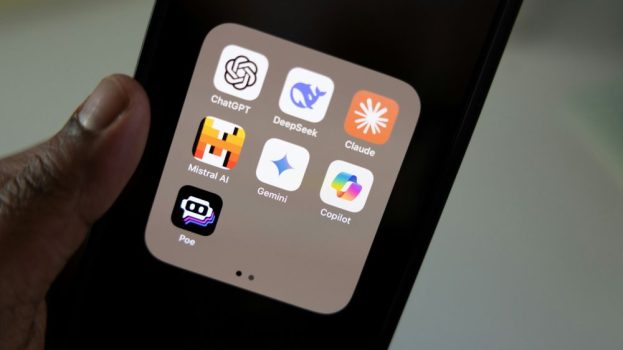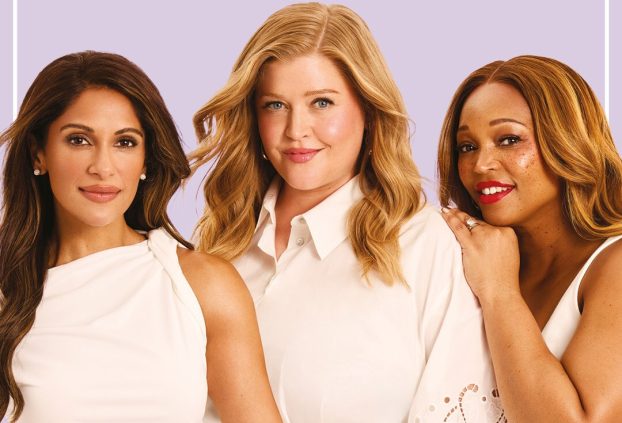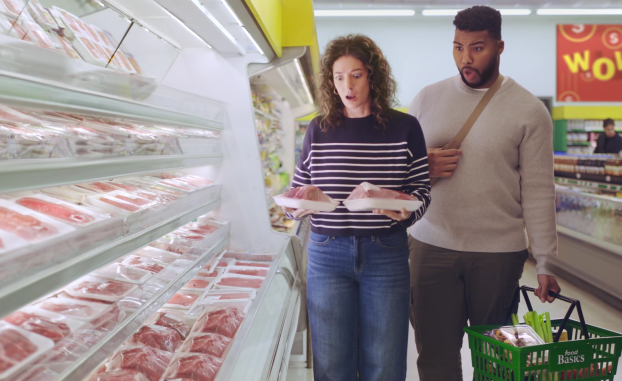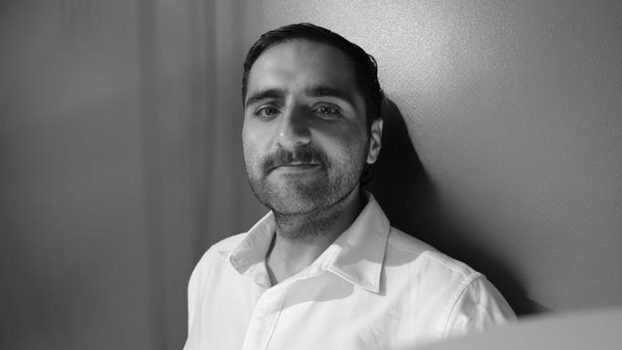Blue Hive’s new ECD Serge Pennings hopes a united brand message will help establish Ford as a loved Canadian brand.
“They don’t have this level of market leadership anywhere else, but if you ask a Canadian to name brands they love, they’ll talk about Tim Hortons or something, but nobody is going to mention Ford, even though, at the heart of their DNA, they think of themselves as Ford of Canada. They don’t think they’re an offshoot of Detroit,” he says.
Pennings himself landed at Blue Hive’s Canadian offices in November after a year and a half as creative director at Blue Hive Europe. He moved over after five years at Ogilvy & Mather London, and has had roles at JWT, DDB London and Publicis.
Blue Hive launched in Canada last year, bringing together WPP-owned shops Y&R, Wunderman and Mindshare to provide all marketing and communications services for Ford Canada and the Ford Dealer Association. It followed the lead of the Team Detroit model that was set up in the U.S. in 2006 and the first Blue Hives in Europe and Australia. Blue Hive now also has offices in Brazil and China.
In 2014, Ford remained the top-selling auto brand in Canada, increasing its sales by 2.7%. This was driven largely by F150 sales, which were up 3% and made up roughly 44% of total vehicle sales last year. The sales of the F150 and Escape SUV alone almost equaled the total sales of the second-place brand, Toyota.
For Pennings, this presents two big opportunities. The first is to make up ground in the small- and mid-sized car sales, which have largely been taken over by imports, by communicating what he believes is still one of the most important factors for car buyers: how fun it is to drive.
“When I stand on the corner of Bay and Bloor, I don’t see many Fusions, Focuses or Fiestas. There’s no point in telling a guy in Calgary he wants to drive a Fiesta instead of an F150, but in Toronto, Montreal and Vancouver, we have massive potential to show that they are fun and valid car choices they could be making,” he says.
“Perhaps they’re not (buying) because their perception of the brand hasn’t caught up with how good the cars are. For example, the new Focus has better suspension than the Lamborghini, and these are the stories that I don’t think Canadians are being told.”
The second opportunity, and what Pennings says will be his long-term goal at Blue Hive, is to take Ford’s position as market leader and do a better job of communicating that to establish the automaker as a well-loved Canadian brand.
“I find it insane that Ford is the number one automotive brand in Canada in terms of sales, but don’t have the same level of brand favour that the level of market dominance would suggest,” he says, noting he sees it as an opportunity.
Doing this also means creating more of a unified message not only nationally, but across the regional and dealership-level second and third tiers of automotive marketing. Since coming on, Blue Hive has moved all of the regional dealers on a single, “It’s easy to get into a Ford” platform, launched last month, that communicates the simplicity of the dealership shopping experience, which will be promoted going forward into the year.
[iframe_youtube video = “oZhL8HoOELM”]
On the national level, Pennings says there are chances to exploit the global assets by infusing them with things important to Canadians. For example, Blue Hive took the global creative platform for F150, putting the truck in “real world” tests of toughness, and adapted it to the Canadian market by bringing it above the Arctic circle in Tuktoyaktuk, N.W.T. to prove its cold-weather credentials, or to a cattle farm in Pulmas, Manitoba.
[iframe_youtube video = “KufrhGu–NU”]
The Blue Hive model was formed with the idea of it being the one-stop shop for all of Ford’s needs, but Pennings says there is still a need to join up internally to make sure everyone is on the same page and communicating the same message.
“Within our four walls we’ve got our media, digital, creative and strategic thinking all happening in the same place, but it doesn’t happen at the same time with everyone talking to each other,” he says.
“What I’m trying to do is have more people talk to each other all the time so we can have things joined up. It’s not even fixing it, it’s making sure it keeps happening.”






















